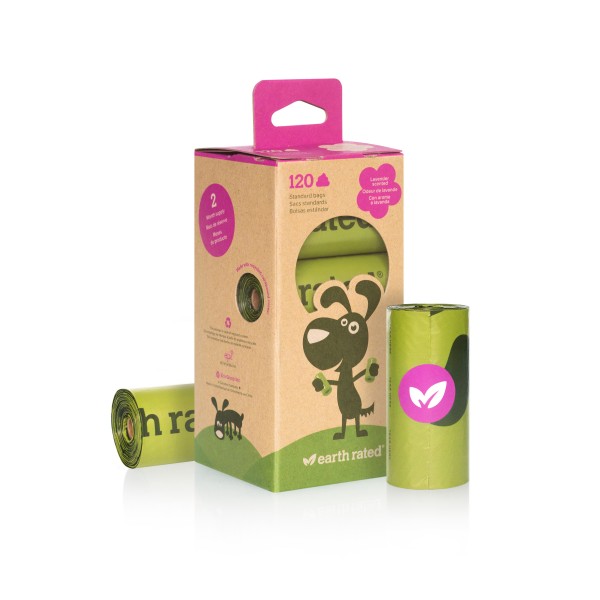
Ich (Ichthyophthirius multifuliis) is a parasite that is present in every aquarium, waiting for the chance to infect the fish if they become weakened. The most common causes of ich are a rapid decrease in the temperature of the water or stress (as in the introduction of new fish into the aquarium or changes in the conditions in the aquarium). The first sign of ich is usually small, white spots that appear on the body of the fish. These white spots look like grains of salt. If left untreated, the fish will soon be covered and other fish in the aquarium could become infected. Secondary fungus or bacterial infections may take their toll on the fish in this weakened condition.
There are some early warning signs of ich that may help you diagnose the problem quickly. The fish may exhibit rapid breathing, remaining in one location with its gills constantly moving. It may try scrapping itself on the gravel or rocks in the aquarium. It may just hide.
This small protozoan burrows just below the outer skin causing a small white lump. It lives on the fluids in the body of the host for a few days where it increases to its full size of about 1 millimetre. It then leaves the host fish to fall to the bottom of the aquarium, where it forms a cyst. It breaks up into 500 to 2000 young, who all actively seek a host. The speed of the life is cycle is dependent on temperature. In an aquarium were temperature is about 75 degrees, the parasite’s life cycle can be as short as 3 to 4 days. In aquariums whose temperature is cooler, the parasite will take longer to complete cycle.
The most important thing to remember about ich is that the fish shows the disease but the aquarium has the disease. The entire tank must be medicated if the disease is to be effectively controlled. You may notice that not all the fish in the tank show signs of the disease. This is easily explained: some fish may be healthier than others, the water conditions may be more suited to their lifestyle, or some fish may be able to withstand a chill better than others. Your local pet supply dealer can offer you many types of medications for ich. Treatment for ich is dependent on attacking the parasite at the most vulnerable point in its life cycle – the free swimming stage when it is seeking a host. Some things that you can do to help when medicating include:
1) Raising the temperature of the aquarium to around 80 degrees to speed up the parasite’s life cycle. This will enable you to attack it more easily at the weakest point. Add an airstone to increase the movement at the surface of the water because the warmer water will contain less dissolved oxygen.
2) Add some non-iodized aquarium salt to the water which will increase the protective slime coat on the tropical fish and kill some of the parasites in the water.
3) Remove the carbon from your filter, but continue filtration.
4) Do partial water changes (about 25%) in the aquarium.
Not all medications are safe to use with all types of tropical fish. Some tetras, scaleless fish and loaches, are sensitive to certain ich medications and tanks containing these fish should be treated at half strength. Most medications will indicate on the label whether they are safe to use on these fish. Read and follow the label instructions carefully.
There are a number of other common tropical fish diseases that can affect the home aquarium. The single most important control the hobbyist can use in combating these potential problems is proper tank maintenance. Many potential problems can be avoided by keeping the temperature at a constant level, monitoring and maintaining the pH, water hardness levels and ammonia levels, and doing monthly partial water changes.














